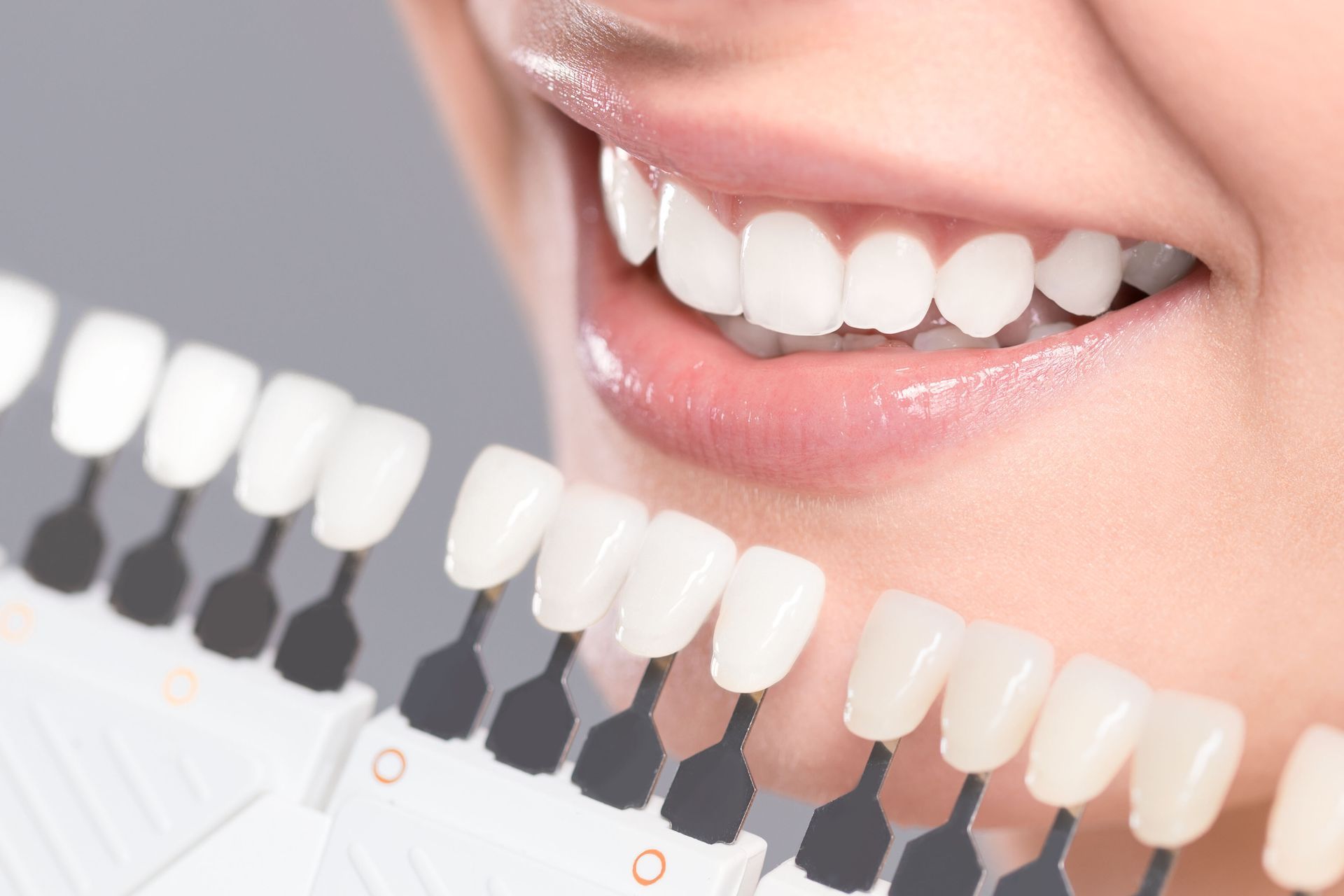Is Invisalign Right for Me?
Once upon a time, if you wanted to straighten out your smile, that meant wearing uncomfortable, gaudy metal braces. While braces are still a common solution for straightening out teeth, they are no longer the only option. Invisalign has emerged as a popular alternative to metal braces and could go a long way toward improving your smile. If you’re wondering whether this solution is right for you, we’ll cover some key considerations below. Should you have further questions, it’s time to talk with a local orthodontist.
You Want to Minimize Aesthetic Disruptions
One of the key reasons that Invisalign has become so popular is that this solution doesn’t disrupt your looks as much as traditional braces do. Many people will never even realize you're wearing aligners. According to IBISWorld, revenues for orthodontists grew at a 5.7% CAGR over the previous five years. There’s a good chance that Invisalign and its cosmetic advantages played a role in that growth.
You Are Committed and Consistent
Invisible aligners can typically be removed. If you’re eating a meal, for example, or getting photography taken, you might remove your aligners for a short period. This is typically fine, just make sure you follow the advice provided by your local orthodontist. However, if you skip wearing your Invisalign aligners on a frequent or constant basis, it will prove detrimental to your treatment. A non-removable solution, like braces, might be a better fit if you struggle with consistency.
You Don't Have Complex Dental Issues
Invisalign can handle various issues, including crooked teeth or significant gaps. That said, in some cases, complex issues require a different solution. Especially crooked teeth might be better straightened out with metal braces, for example. You can chat with a local orthodontist to learn if Invisalign will work in your situation.
You Have All of Your Adult Teeth
Often, orthodontists will recommend that patients wait until they are 13 years or older to start treatment. It’s not necessarily the specific year that is important, but instead making sure that all the adult teeth have arrived (excluding wisdom teeth). Most patients will reach this point by the age of 12 or 13, but some patients may need a bit more patience.
If you’d like to learn more about Invisalign, you should contact a local orthodontist. These dental experts can help you go over options and find the best solution. Feel free to contact Neibaur Family Orthodontics if you need assistance.


Share On: